
In Tanzania, the academic year for primary school runs parallel to the calendar year, starting in January and ending in December. Students enjoy a month-long holiday at the end of the year and return in January to begin a new academic year.
Primary education in Tanzania is the first seven years of school; starting in Standard 1, students graduate from primary school in Standard 7.
The first few weeks of January are usually filled with excitement as students transition to the next academic level and reunite with friends they haven’t seen in a while. We recently caught up with Grace, one of our primary school students, to hear about her recent holiday and her plans for the year ahead.
I enjoyed spending time with my family and playing with my friends.
When we visited my grandmother for Christmas, I met with my cousins and had lots of fun together! We also enjoyed delicious food and drinks.
Yes. I want to study hard so that I can become a soldier one day.
I helped my mum around the kitchen, and she showed me how to prepare some meals.
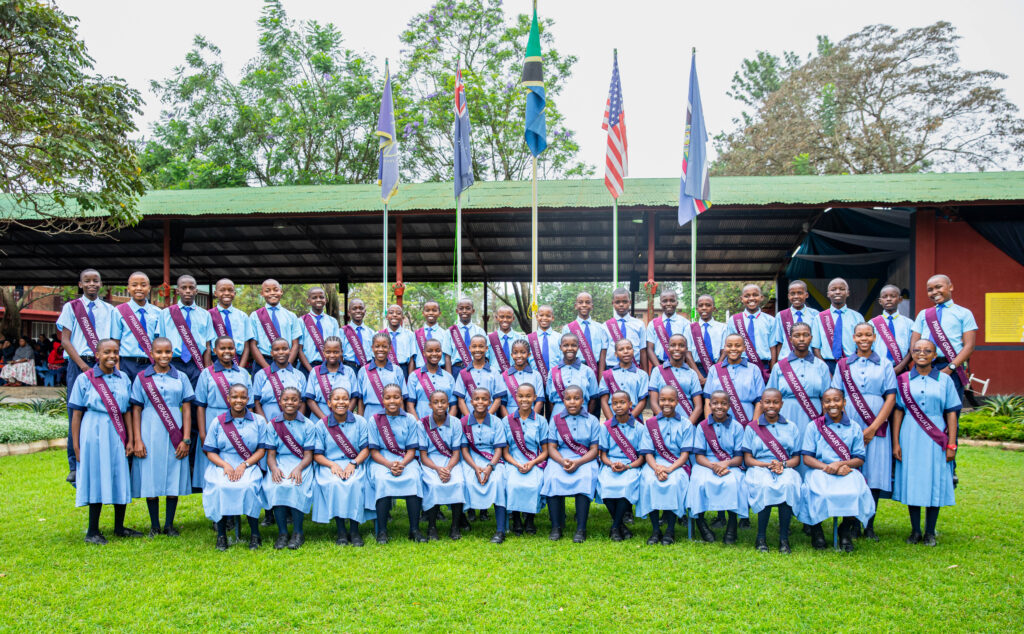
Completing primary school education is an important milestone.
There are three key stages of school in Tanzania; seven years of primary school from Standard 1 to 7,
then four years of secondary school from Forms 1 to 4 in Ordinary Level (O Level) studies, and finally the
final two years of secondary school, Forms 5 and 6 in Advanced Level (A Level) studies.
It sets the stage for students to begin pursuing their careers and specialising on their preferred subjects.
It's an exciting achievement for students and proud moment for parents.
This is what it means in their own words...
How does it feel about moving on to secondary school?
We’re excited! We look forward to meeting new friends, learning different subjects, and experiencing
boarding school for the first time.
What are your next goals for next year as you start secondary school?
Our main goal is to improve in Mathematics and lay a strong foundation for our future studies.
What are some of the most important lessons you’ve learned throughout your school years?
We learned to challenge ourselves, think critically, and seek help when needed instead of staying silent.
Can you share one of your most memorable experiences at school?
The Ngorongoro trip was unforgettable. We saw many animals, visited Olduvai Gorge, and learned
about the Zinjathropus skull. It was our first long journey and exploration of such a significant site.
Do you have any advice for the students coming up after you in Standard 7?
Enjoy learning and find a balance between academics and extracurricular activities.
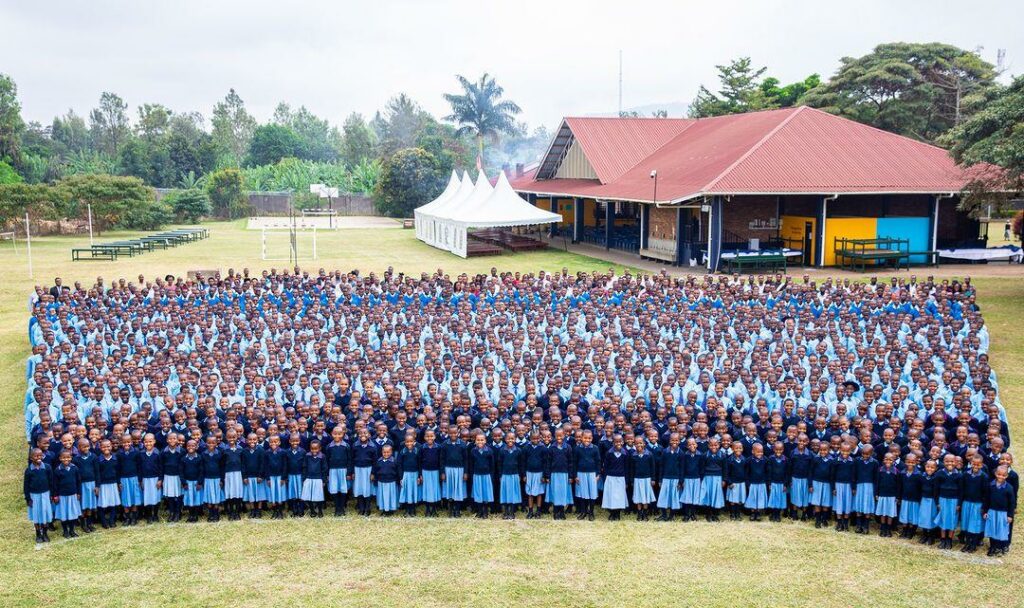
Once a year, the entire St Jude's community of 1,800 students and more than 300 staff gathers on one campus to celebrate St Jude's Day. It is one of the biggest and most anticipated events on the school calendar.
There is a lot to explore about St Jude's Day, so here is a quick look at how we celebrate.
What is St Jude's Day?
St Jude's Day is a special day to honour Saint Jude, the patron saint of desperate and lost causes for whom the school is named.
How do we celebrate it?
Over the years, it has been a tradition to celebrate this day as a community. St Jude’s campuses alternate hosting the celebrations; this year was the Sisia Campus’ turn.
What happens on St Jude's Day?
The day's first activity is taking the annual (whole) school photo. A huge logistical effort, everybody assembles on one of the sports fields to pose for a photo, the students lining up from youngest to oldest. A Thanksgiving mass follows, where students and staff present gifts that will later be distributed to the less fortunate in our local community. Afterward, the school enjoys a community lunch, followed by entertainment and special recognition for staff through the St Jude's Spirit program.
When is the next St Jude's Day?
St Jude's Day is observed annually on 28th October. Next year, St Jude's Day will fall on a Tuesday and be hosted by the Smith Campus. It's a perfect day to visit the school and experience the spirit of
St Jude firsthand from our community.
Our supporters have always been our biggest school improvement champions; from the Rotary Club volunteers who helped build the first three classrooms at St Jude's to the amazing donors who continue to give toward ongoing developments at the school.
Today, we bring you the latest development at St Jude’s Primary School at Sisia Campus.
What’s New?
The library at St Jude’s Primary School now features a ramp, enabling access to everyone. The construction project kicked off in March 2024 and was managed by the school’s Facilities team.
“This construction was possible thanks to the support of our donors around the world. It’s a privilege to work on such an impactful project, which will, no doubt, help many people for many years to come,” Abubakari, Acting Team Lead - Maintenance.
Who does it benefit?
The ramp provides accessibility for wheelchair users and others with mobility impairments. With this new facility, we are able to provide a more welcoming environment for everyone, regardless of their physical abilities.
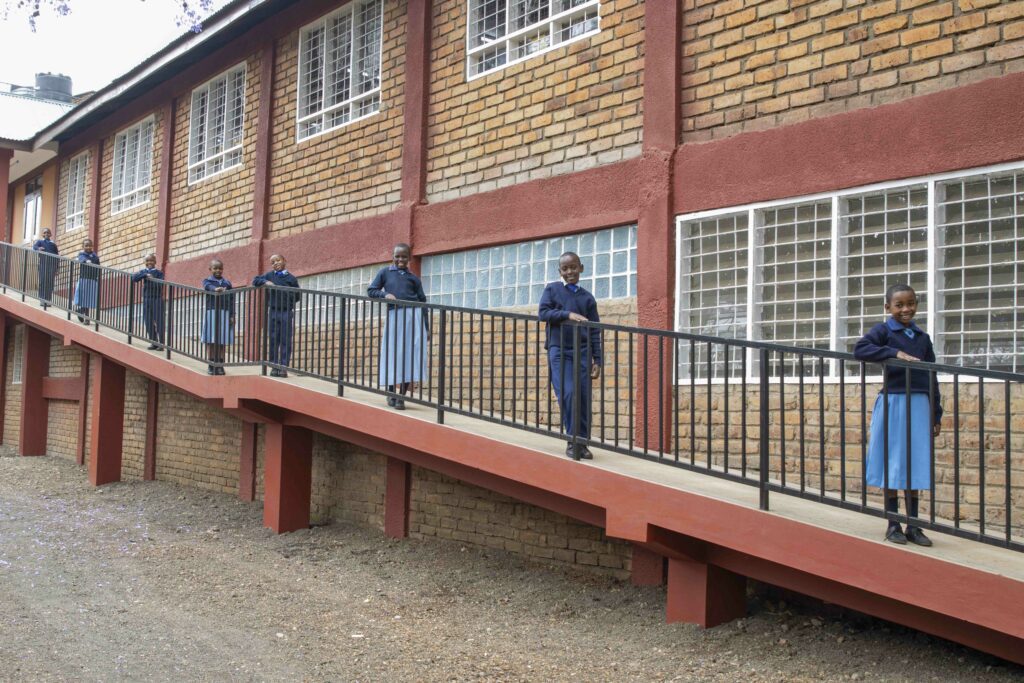
Any other exciting projects on the horizon?
Yes! At St Jude’s there is always an exciting project in the works: from classroom refurbishment, ICT equipment, sports facilities, new buses, and much more! Feel free to reach out and ask about how you can support one of our upcoming projects by contacting our Founding Director.
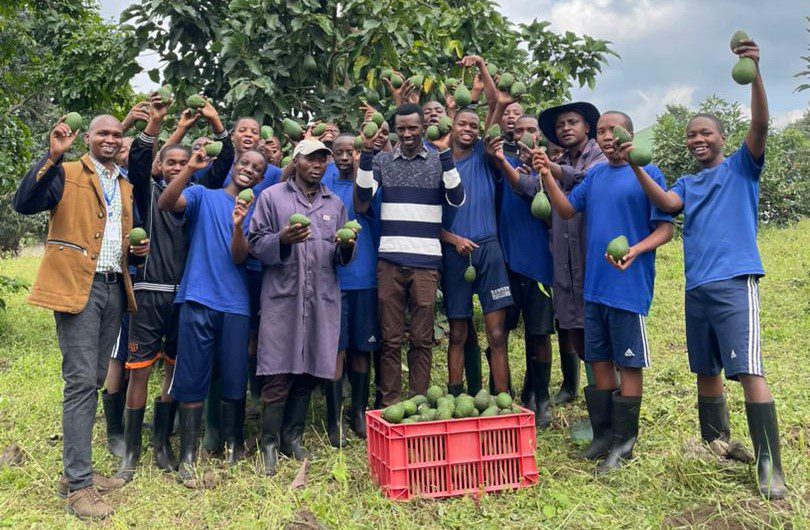
Agriculture is the backbone of Tanzania's economy. Contributing roughly 30% of the country's GDP, the agriculture sector sustains the livelihood of about 65% of the population who depends on it directly and indirectly. This is why farming is an important part of the culture and widely celebrated by Tanzanians, especially on Farmer's Day, more popularly known by its Kiswahili name, "Nane Nane."
Etymology
Nane Nane [Nah-nay Nah-nay]
Noun
The word Nane Nane is of Kiswahili origin, Tanzania's national language. The word "Nane" means "eight" in Kiswahili; thus, the term, in English, means "eight eight."
The name of this national holiday is a direct reference to the date when it is held, on every 8th of August (the eighth month). The celebrations also take eight days as agricultural fairs are organised in key locations nationwide from August 1 onwards and culminating on the day of the national holiday.
History
Nane Nane Day dates back to the early years of Tanzanian independence in 1961. It started as a small-scale farmers' celebration in rural areas, growing over the years to become a national event. The Tanzanian government officially recognised Nane Nane as a public holiday in the 1990s.
Activities
Nane Nane celebrations are marked by agricultural exhibitions with farmers, agricultural experts, and other stakeholders showcasing their products, innovations, and technologies. These exhibitions are held in various regional centres across the country, with the largest typically being in Dodoma, Tanzania's capital city. In Arusha, the place where the exhibition grounds for Farmers' Day are located, has become popularly known as Nane Nane.
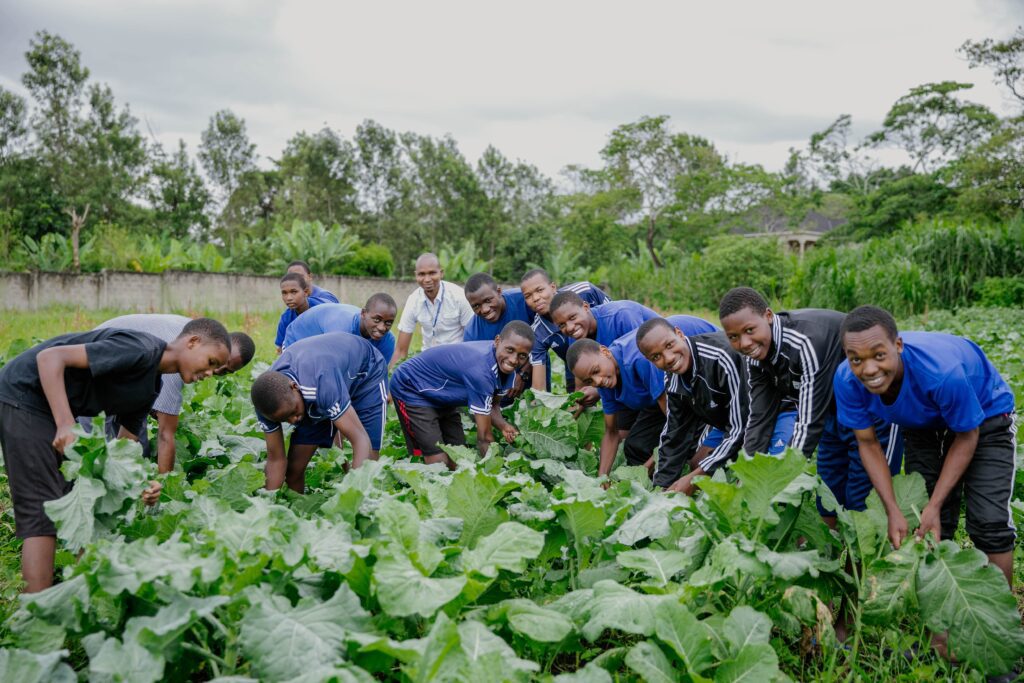
At St Jude's Secondary School, Smith Campus is a plot of land commonly called the school shamba (shamba means farm in Kiswahili). It's one of the most beautiful places on campus, thriving year-round with fresh fruits, vegetables, and livestock. The shamba also serves as a practical learning ground for our students' agriculture lessons and a source of nutritious, homegrown food for the school.
Although the farm is confined within the school walls, it has recently become a new outlet for St Jude's kindness, extending its benefits into the wider community.
"One of the common community outreach activities at school is volunteering to assist at local orphanages during weekends," explains Zuberi, a student at St Jude's Secondary School. "After doing this for a while, two of our schoolmates came up with a brilliant idea to go the extra mile," he adds.
The pair, inspired to make a more tangible impact, conceived an initiative to cultivate vegetables at the school shamba and donate the harvest to special groups of people within the community.
The proposal was well received by the school, and a small piece of land was allocated to the group. Soon, word started spreading around campus, attracting other students to join the initiative.

"I was one of the first volunteers to join the group," recounts Zuberi. "We immediately set to work, dedicating our spare time to bring the project to fruition," he adds.
The group comprises members from different year levels working in rotations, ensuring the farm is not neglected despite their busy schedules throughout the week. The group members consistently dedicate several hours to tending their vegetable garden on weekends and after-school hours. No wonder the farm yields bountiful harvests.
"Everyone is supportive, generously sacrificing their free time and effort for a cause," says Zuberi passionately. "It is truly the spirit of St Jude's in action," he adds. One of the active members of the group is Jastini, a St Jude's student particularly interested in agriculture and supporting children. Jastini comes from an agricultural background and loved farming from a young age. So, when he came across the initiative that supports the less fortunate through the school shamba, he quickly jumped at the opportunity.
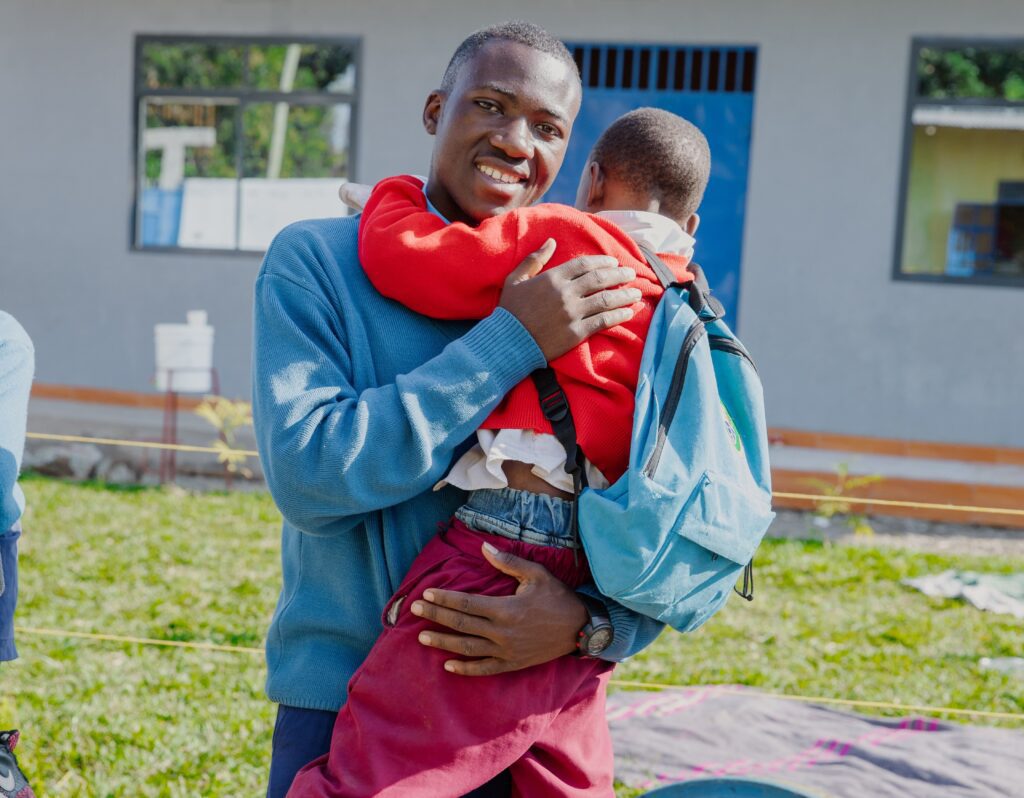
"It's one of those activities that I look forward to whenever I have a few minutes to spare," says Jastini with a smile. "The fact that I get to do something that I enjoy and still impact others is enough motivation for me," he adds.
Though the group is only several months old, they have already harvested over 200 kg of vegetables, most of them going to orphanage centres around Arusha, with the rest supplementing the nutritional needs of students on special diets at school. On their last outing, the group donated fresh vegetables to a nearby orphanage centre in addition to assisting with manual tasks and playing with children.
"Our aim is to help the centres offset their operating costs for food while providing children with essential nutrients for their growth," explains Jastini. "Knowing that we are making a difference in the lives of the children at these orphanages makes all our efforts worth it," he adds passionately.
The St Jude's Spirit Program is a movement that unites our community in performing acts of service anchored on the school values of Respect, Responsibility, Honesty, and Kindness. Through this program, we celebrate and share stories of people who go above and beyond to help nurture Tanzania's future moral and intellectual leaders.
As part of the wider St Jude's community, we invite you to unite with our students, their families, staff, and alumni in the spirit of giving.